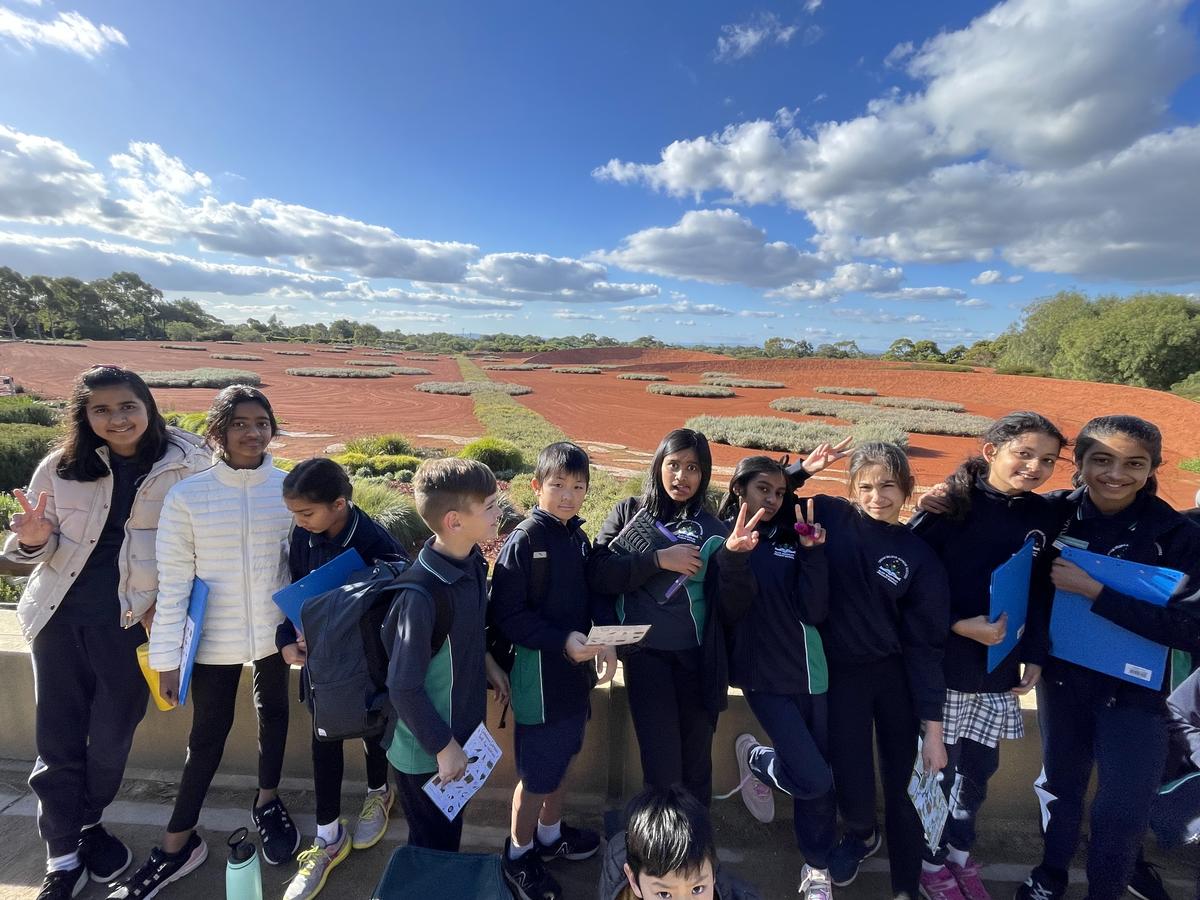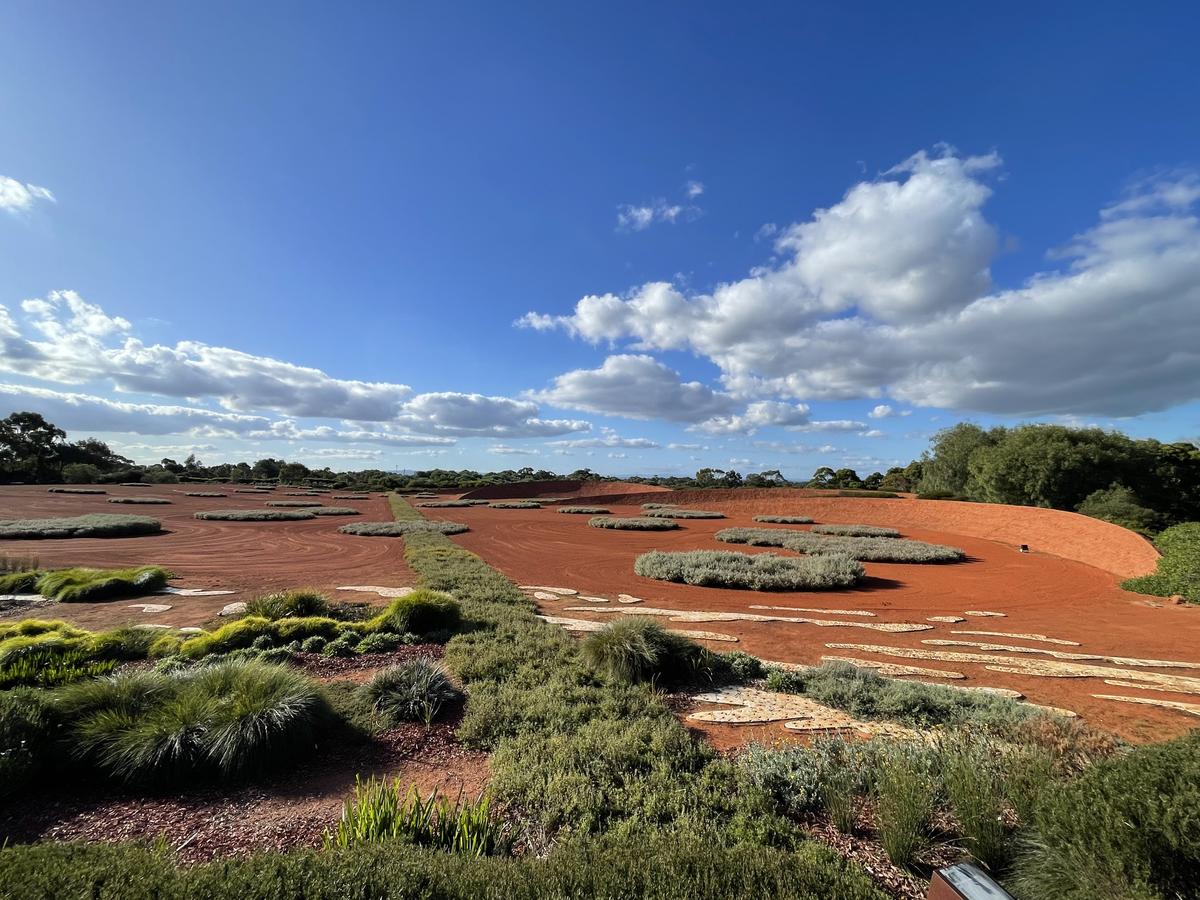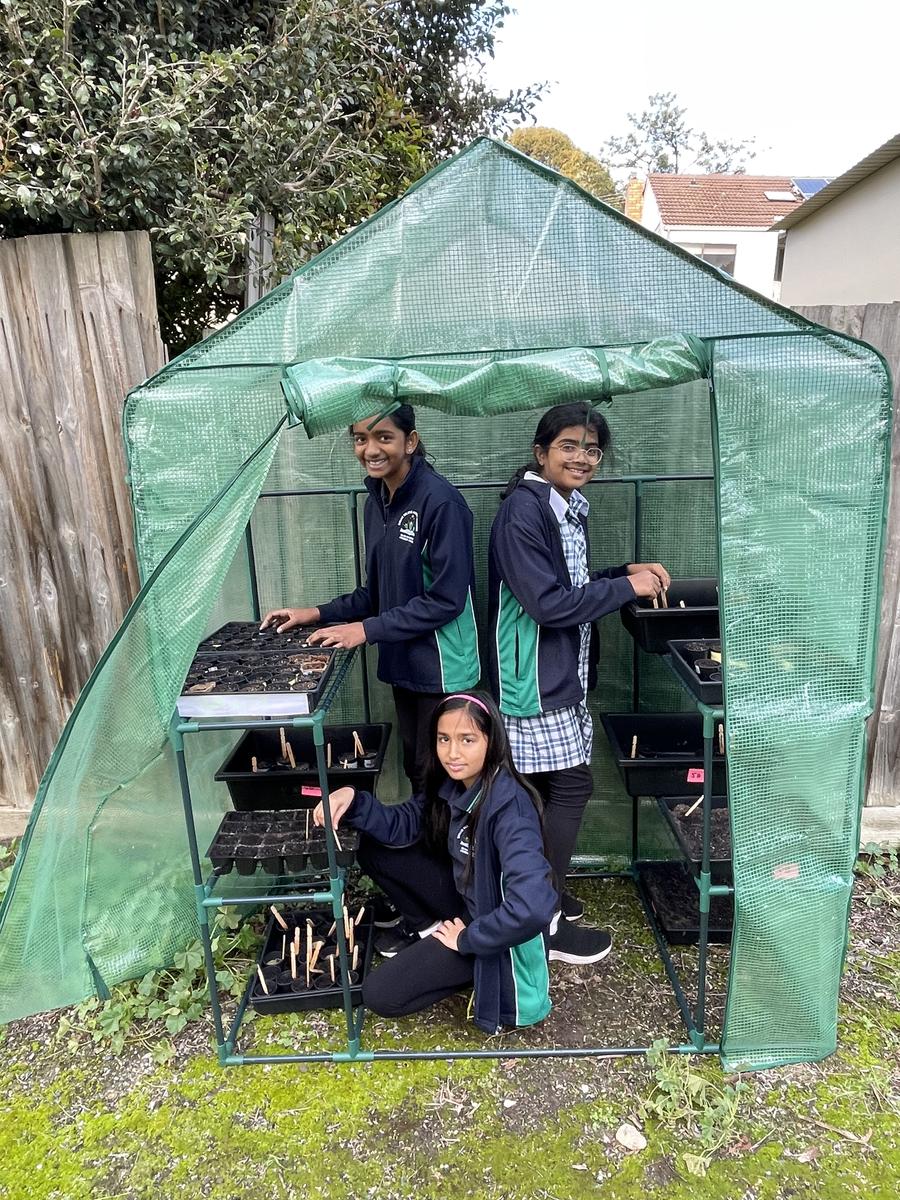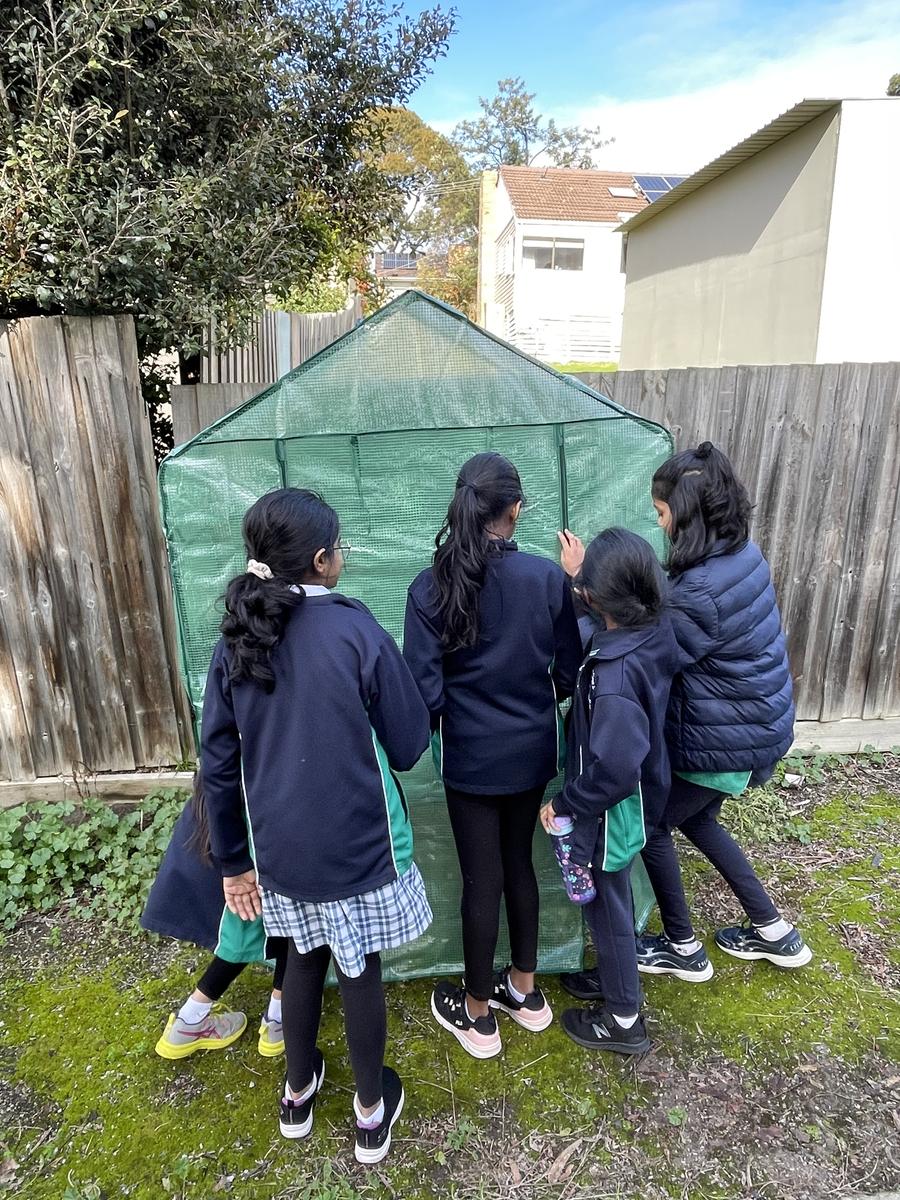5B - Native Flora and Fauna
By Sana, Kaeden, Sayuni, Nathan, and Diyoni

5B - Native Flora and Fauna
By Sana, Kaeden, Sayuni, Nathan, and Diyoni
This term, 5B has been studying native flora and fauna and exploring their significance. This to connects to our Inquiry unit, 'What impacts the survival of flora and fauna?'. Everyone has really enjoyed this fun topic so let's dig deeper into what we have been learning!
One area we have explored is the adaptations and benefits of planting native plants. By increasing the presence of native plants, we can create a habitat that supports native wildlife. This is why we have been actively involved in growing native plants at our school.
Recently, we participated in a native flora planting project. This hands-on activity allowed us to learn about germination while hopefully attracting native wildlife to our school, such as the tawny frogmouth bird, sugar glider or southern bell frog. It was fascinating to discover that different native plants require specific environments and care to thrive due to their unique adaptations. For example, the Purple Flag thrives in cooler temperatures, while other native plants have adapted to harsh weather conditions and desert landscapes. Additionally, we are excited to be growing native kangaroo paw plants, which are known to attract honeyeater birds.
Our Enriching Experience at the Royal Botanical Gardens, Cranbourne!
This term, we also visited the Royal Botanical Gardens in Cranbourne to deepen our understanding and connect with our inquiry question, 'What impacts the survival of flora and fauna?'
Upon arrival, we learnt that plants in the Australian desert have a distinct shade of colour - a silvery grey. This unique colouration helps reflect sunlight and conserve water, as dark colours absorb heat and lead to water evaporation. It was intriguing to discover how native plants have adapted to our harsh Australian climates, with some even sporting furry textures to retain moisture, similar to how our hair retains water after a shower!
We also gained insights into fascinating adaptations of desert flora, such as desert bushes with extensive, wide-reaching roots that enable them to collect water efficiently during rare rainfall events. Additionally, we explored the adaptations of various animals, including the thorny devil, desert spider, and greater bilby. The greater bilby, having thrived since the extinction of the lesser bilby, employs strategies like regulating body temperature through its large ears, while desert spiders use their webs to capture moisture at night, ensuring a vital water source in the desert environment. Furthermore, we learned about the thorny devil, a small lizard with spikes along its back, which channels rainwater into its mouth for hydration. Despite its intimidating name, the thorny devil poses no significant threat and averages just 9cm in size.
Through our inquiry learning, we have gained a deep understanding of the adaptations of flora and fauna. Our visit to the botanical gardens further enriched our knowledge of different species and their remarkable adaptations. It was an incredible learning experience for all!











